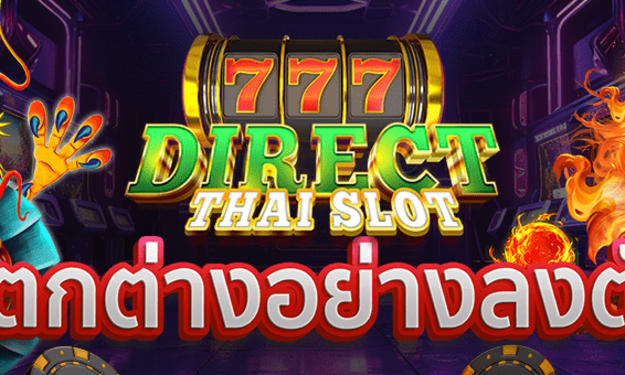
I began playing board games in college during the early 1980s though at that time I was very much caught up in the Dungeons and Dragons fantasy role-playing game craze. I began designing conflict simulation games ("consim games") in the late 1980s. My preferences run in the 1861 to 1945 time period. I submitted a number of designs during the 1990s, none of which were ever published. I regularly exchanged letters (yes, letters, not emails) with one publisher and they gave me helpful pointers. Publishers liked my historical research but my designs were both too crude and too derivative to be publishable. If you think of designing as being like learning to play an instrument, I was still hitting too many wrong notes. But slowly I got better at it and in November 1999 I received my first offer to publish. The game wasn't magnificent but it was pretty good. My second was accepted for publication in 2002 and it was much like the first, another designer's system transferred to a different topic - cover tunes to extend the music analogy. After that things just began to "click". My third published game was my first truly “original” game. I put “original” in quote marks because few if any designs are one-hundred percent original. Over the next decade sold an increasing number of designs, was nominated for many awards, won a few.
There are pros and cons depending on whether one is working with a magazine publisher, a traditional publisher, or publishing your design yourself. I usually make less money publishing in the magazine format but the games tend to come out significantly faster, and because your design is their sole focus there isn’t the issue of “divided attention” that can arise when working with a traditional publisher. On the flip side the money tends to be better publishing a game with a traditional publisher and when a game comes in a box you can plan for things like cards, or more components. Ultimately though the most profitable route and the one with the most control is self-publishing. In 2013 I filed "doing business as" paperwork at the local county office and began my own company. Why did I do this? The usual motives in any creative industry: control of the final product and money. And ultimately I had learned all there was to learn about the business as a designer and was ready for a bigger challenge.
And being a publisher is definitely a challenge. Instead of taking on all the work myself I partnered with another company. I do the designing and oversee the playtesting, hire the artist, and have full control over artwork. The other publisher handles the production details as well as orders and order fulfillment, i.e. the truly “business” side of things. They do this quite well, and I am quite content to let them handle that. The financial risks are shared so, naturally, I can’t just demand things. They do their own playtesting of my designs even after I have conducted mine. If they didn’t think the game was ready, it would not be published. There is a lot of on-going back-and-forth communication between us about future topics, the market, the components, advertising, etc. Since 2013 we have co-published five games and all five are running "in the black" meaning they have paid back their production costs and are now generating a profit.
I can sum up my publishing philosophy with five rules: (1) the game must set up in under 15 minutes and have a single evening playing time, maximum; (2) larger sized-counters and low counter density; (3) medium complexity rules that are easily taught; (4) all games thoroughly playtested and illustrated examples of play available; (5) plenty of sample art and information posted prior to publication for consumers to make an informed decision. Said differently I do not design "monster" games, I do not work with small counters, I do not like games where a few “sharks” can easily defeat new players, I do not publish games without extensive playtesting, and when selling games all major components are available for viewing prior to purchase.
This is without question a golden age of gaming. The number of new releases each year is staggering. The market is increasingly competitive. What’s made up for the aging of the hobby is I think internet sales. How many people in places like Japan and Hong Kong and Europe bought consim games published in America forty years ago? I can’t think it was many. New partnerships are now possible too thanks to the internet. If a publisher won’t take a chance on your dream there are always crowdfunding options like Kickstarter to make your dream come true yourself. The hobby ain’t dead yet.
About the Creator
Michael Rinella
Author of three non-fiction books, numerous magazine articles, and the designer of over twenty published conflict simulation games.






Comments
There are no comments for this story
Be the first to respond and start the conversation.